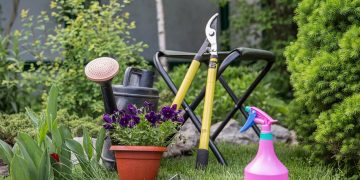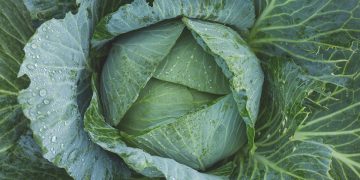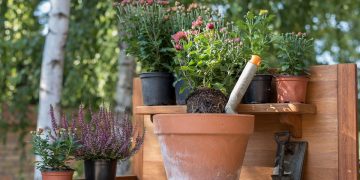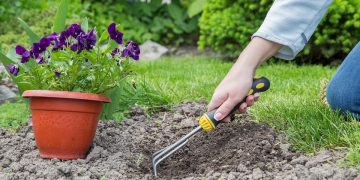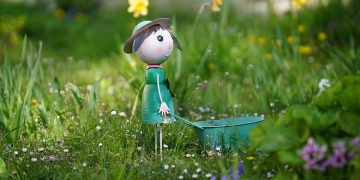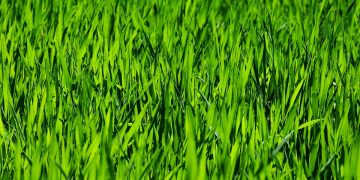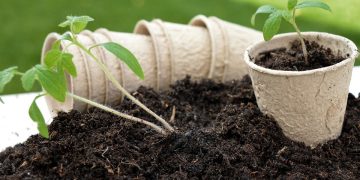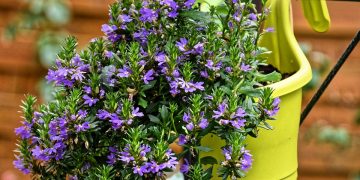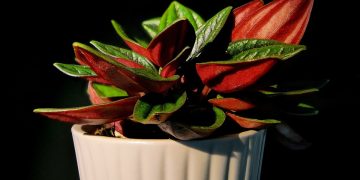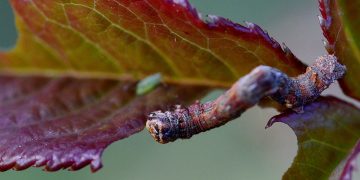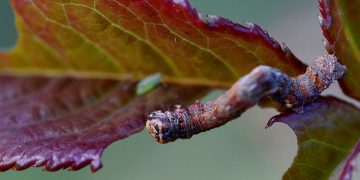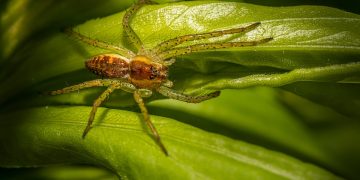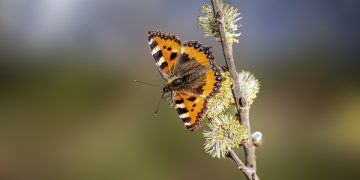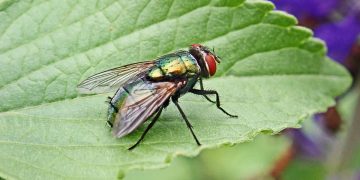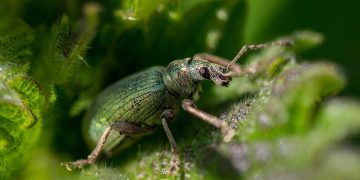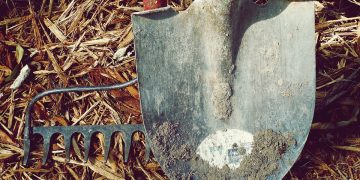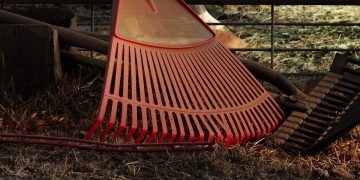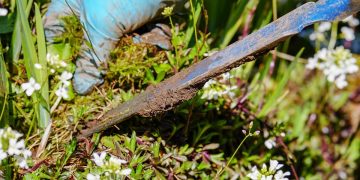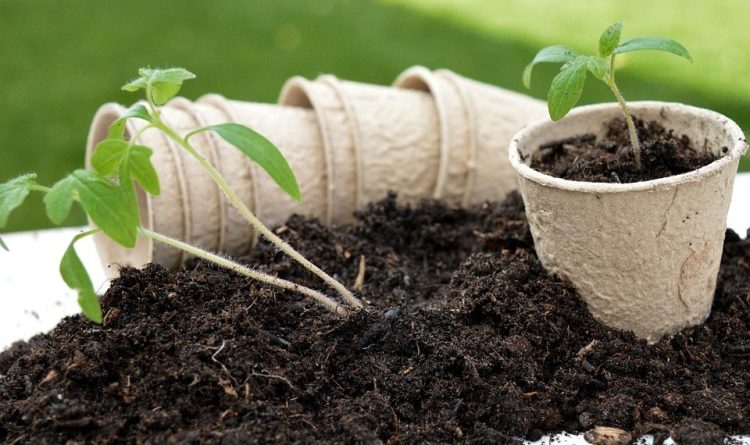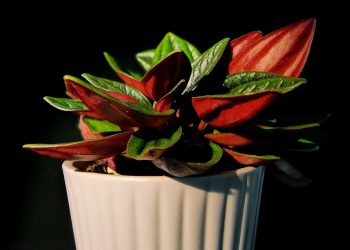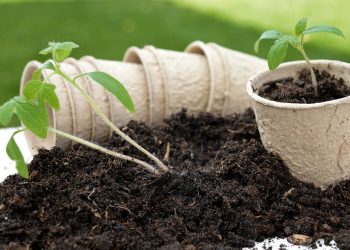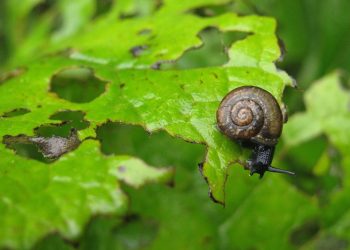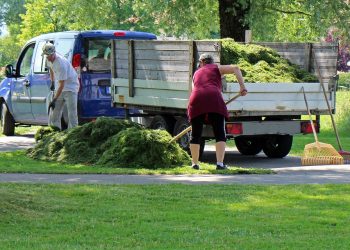Mastering the Art of Plant Pruning: Tips and Techniques for Beautiful Gardens
Pruning is an essential skill for any gardener looking to maintain a healthy and beautiful garden. Proper pruning can help promote growth, improve flowering, and enhance the overall appearance of your plants. However, mastering the art of plant pruning can be intimidating for beginners. In this article, we will provide you with tips and techniques to help you become a pruning pro and achieve stunning results in your garden.
Why is Pruning Important?
Pruning is more than just cutting off dead branches or shaping your plants. It plays a crucial role in the overall health and growth of your garden. By removing dead or diseased branches, you can prevent the spread of diseases and promote new growth. Pruning also helps improve air circulation and sunlight penetration, which are essential for the photosynthesis process. Additionally, pruning can help shape your plants, promoting a more attractive and balanced appearance in your garden.
When to Prune
The timing of pruning can vary depending on the type of plant you are working with. In general, it is best to prune flowering plants after they have finished blooming. This allows the plant to recover and prepare for the next blooming cycle. For fruit trees, pruning is typically done in late winter or early spring before new growth begins. It is important to research the specific pruning needs of each plant in your garden to ensure you are pruning at the right time.
Tools for Pruning
Having the right tools is essential for successful pruning. Some common pruning tools include hand pruners, loppers, pruning saws, and hedge shears. Hand pruners are ideal for cutting small branches and stems, while loppers are best for thicker branches. Pruning saws are useful for cutting larger branches, and hedge shears are perfect for shaping hedges and shrubs. Make sure your tools are sharp and clean to ensure clean cuts and prevent the spread of diseases.
Techniques for Pruning
There are several pruning techniques you can use to achieve the desired results in your garden. Some common techniques include:
- Thinning: Removing excess branches to allow more sunlight and air circulation.
- Heading: Cutting back the tips of branches to promote new growth.
- Deadheading: Removing spent flowers to encourage new blooms.
- Renewal pruning: Cutting back overgrown or old branches to rejuvenate the plant.
It is important to research the specific pruning needs of each plant before using these techniques to ensure you are not causing harm to your plants.
Common Mistakes to Avoid
Pruning can be intimidating for beginners, and it is easy to make mistakes that can harm your plants. Some common mistakes to avoid include:
- Over-pruning: Cutting back too much can weaken the plant and inhibit growth.
- Incorrect timing: Pruning at the wrong time can stress the plant and reduce flowering.
- Not sterilizing tools: Using dirty tools can spread diseases to your plants.
- Ignoring plant needs: Each plant has specific pruning requirements, so it is important to research before pruning.
By avoiding these common mistakes, you can ensure that your pruning efforts are successful and beneficial for your garden.
FAQs
1. How often should I prune my plants?
The frequency of pruning will depend on the type of plant you are working with. In general, most plants benefit from annual pruning to maintain their health and appearance. However, some plants may require more frequent pruning, while others may only need pruning every few years. It is important to research the specific pruning needs of each plant in your garden to determine the best pruning schedule.
2. Can I prune my plants in the fall?
While fall pruning is not recommended for most plants, there are some exceptions. Fall pruning can stimulate new growth that may be damaged by cold temperatures. It is best to research the specific pruning needs of each plant before pruning in the fall to ensure you are not causing harm to your plants.
3. What should I do with the branches I prune?
After pruning, it is important to properly dispose of the branches to prevent the spread of diseases. You can compost the branches if they are disease-free or dispose of them in a green waste bin. Avoid leaving pruned branches on the ground, as this can attract pests and promote disease spread.
Conclusion
Pruning is a valuable skill for any gardener looking to maintain a healthy and beautiful garden. By mastering the art of plant pruning, you can promote growth, improve flowering, and enhance the overall appearance of your plants. With the right tools, techniques, and knowledge, you can achieve stunning results in your garden and create a space that you can enjoy for years to come.



